terracing & how to prep soil
oiho
13 years ago
Related Stories
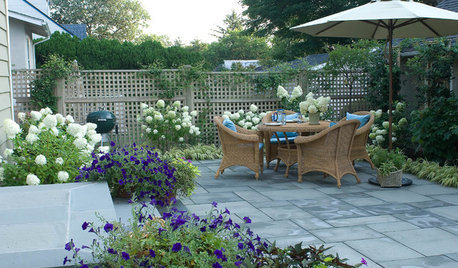
GARDENING AND LANDSCAPINGGet It Done: Clean and Prep the Patio
Haul out the hose and bid cobwebs farewell. It's time to renew your outdoor room for relaxing, dining and entertaining
Full Story
GARDENING GUIDESHow to Prep Your Ground for a Healthy New Lawn
Seed or sod that falls on weedy, lumpy soil is a wasted effort. Follow these steps to ensure that your new lawn will thrive
Full Story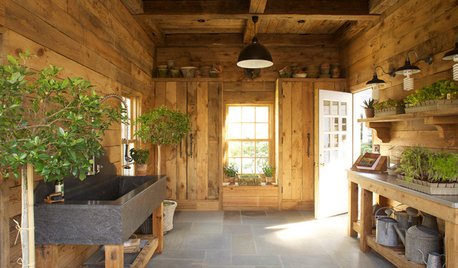
SHOP HOUZZShop Houzz: Prep Your Potting Shed
Create a workspace for every season with a potting bench, storage and garden decor
Full Story0
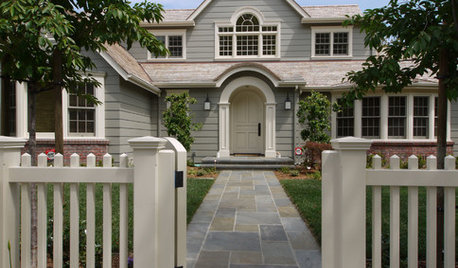
HOUSEKEEPINGOutdoor Home Prep to Do Before Hard Winter Hits
Avoid cracking, rusting and rotting during freezes by taking care of these tasks now
Full Story
ENTERTAININGHoliday Party Prep: Plan Your Table Settings
Do a dry run with dinnerware, table decorations and the buffet setup now to avoid surprises and stress later
Full Story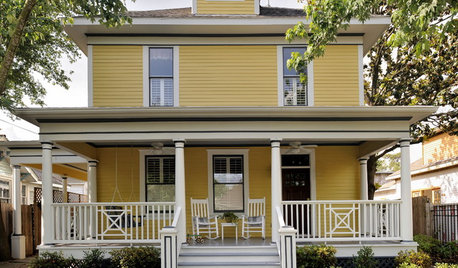
GARDENING AND LANDSCAPING12 Ways to Prep the Porch for Summer
Small Floor-to-Ceiling Projects for Your Front-Yard Perch
Full Story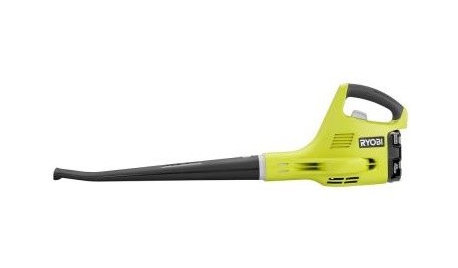
FALL GARDENING8 Must-Have Tools for Fall Backyard Prep
Autumn outdoor work feels overwhelming, but these handy tools can keep it under control
Full Story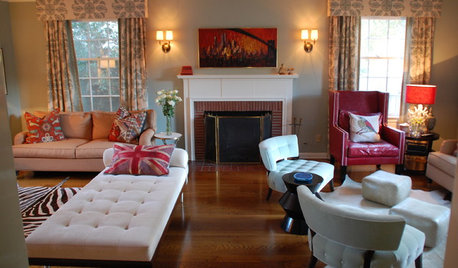
MORE ROOMSEntertaining at Home: A Host of Party-Prep Ideas
Having company for Passover or Easter? Here's how to get your furniture, dishes, centerpieces and more ready for guests
Full Story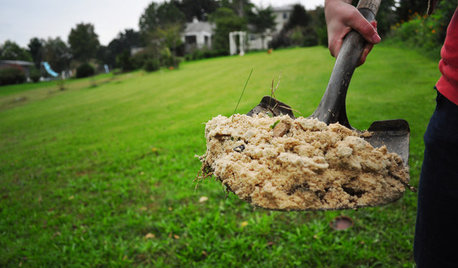
GARDENING AND LANDSCAPINGGarden Musts for March
Some toil in the soil this month will help ensure a blooming garden come summer, so dig out your shovel and bring on the mulch
Full Story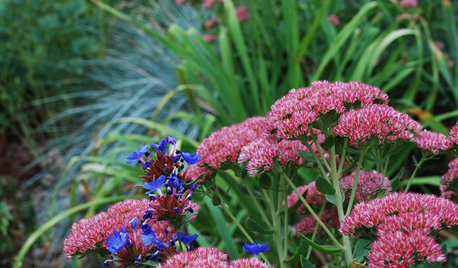
GARDENING GUIDESFall Is Calling: What to Do in Your October Garden
Get a jump on winter prep or just sit back and watch the leaves fall. The beauty of an autumn garden is in all the choices you have
Full StoryMore Discussions






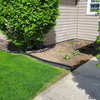
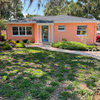
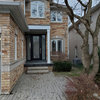
rysilva
missingtheobvious
Related Professionals
West Milford Landscape Architects & Landscape Designers · Beavercreek Landscape Architects & Landscape Designers · Kenmore Landscape Architects & Landscape Designers · Simi Valley Landscape Architects & Landscape Designers · Broomfield Landscape Contractors · Dudley Landscape Contractors · Eustis Landscape Contractors · Lexington Landscape Contractors · York Decks, Patios & Outdoor Enclosures · Liberty Decks, Patios & Outdoor Enclosures · Philadelphia Decks, Patios & Outdoor Enclosures · Windsor Decks, Patios & Outdoor Enclosures · Dent Stone, Pavers & Concrete · Lincoln Swimming Pool Builders · San Dimas Swimming Pool BuildersBumblekim